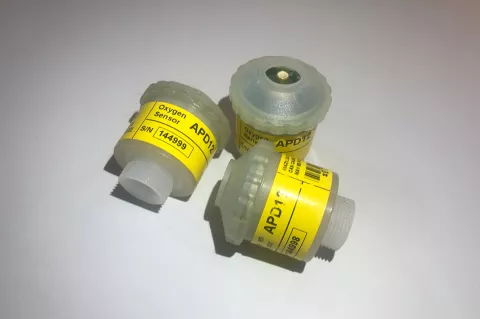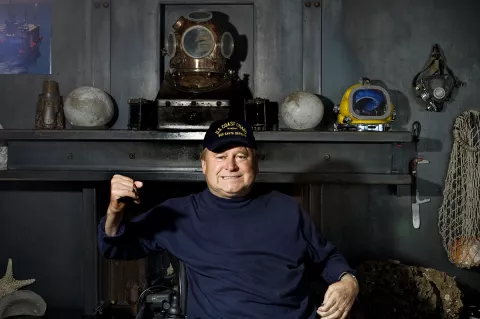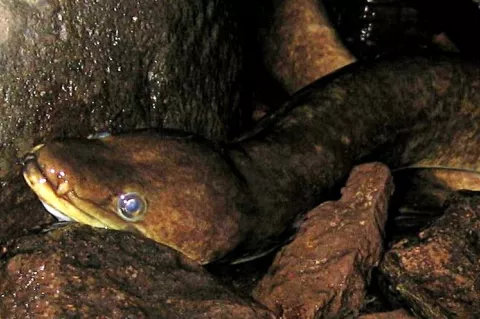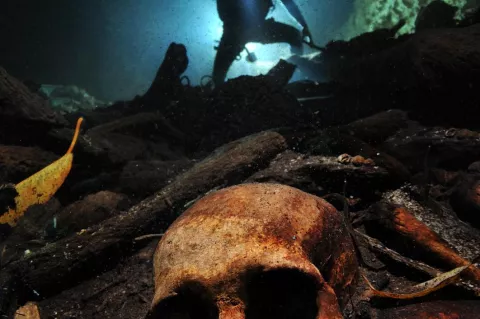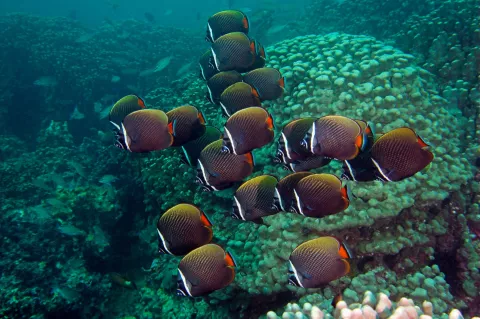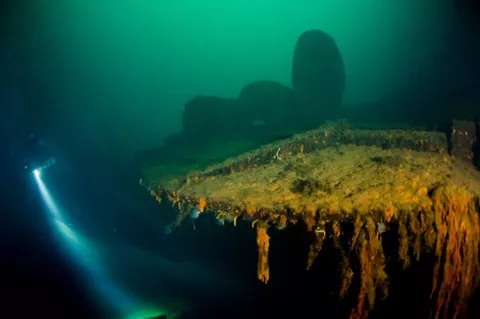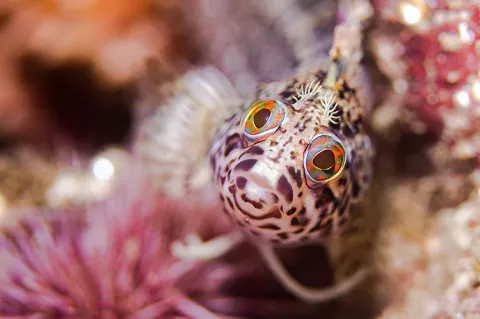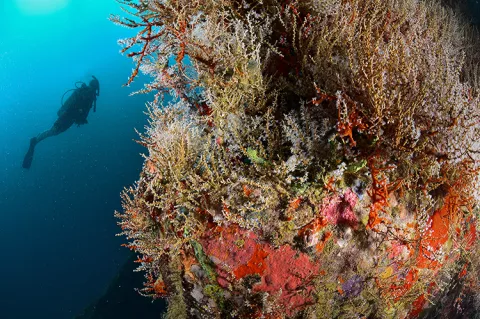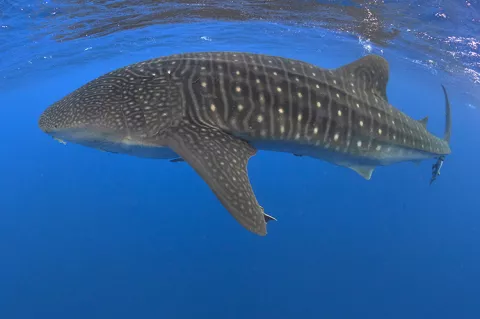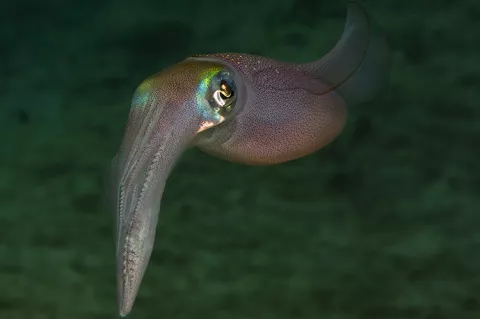Oxygen sensor shortage leaves rebreather divers high and dry
Oxygen sensors, or "cells," which are used in rebreathers have a limited shelf life and need to be replaced every 12 to 18 months. However, new ones are currently not available to the dive community.
In the United Kingdom, oxygen cell manufacturers have been mandated by the UK government to supply cells to the medical industry, leaving the dive community with back orders.

